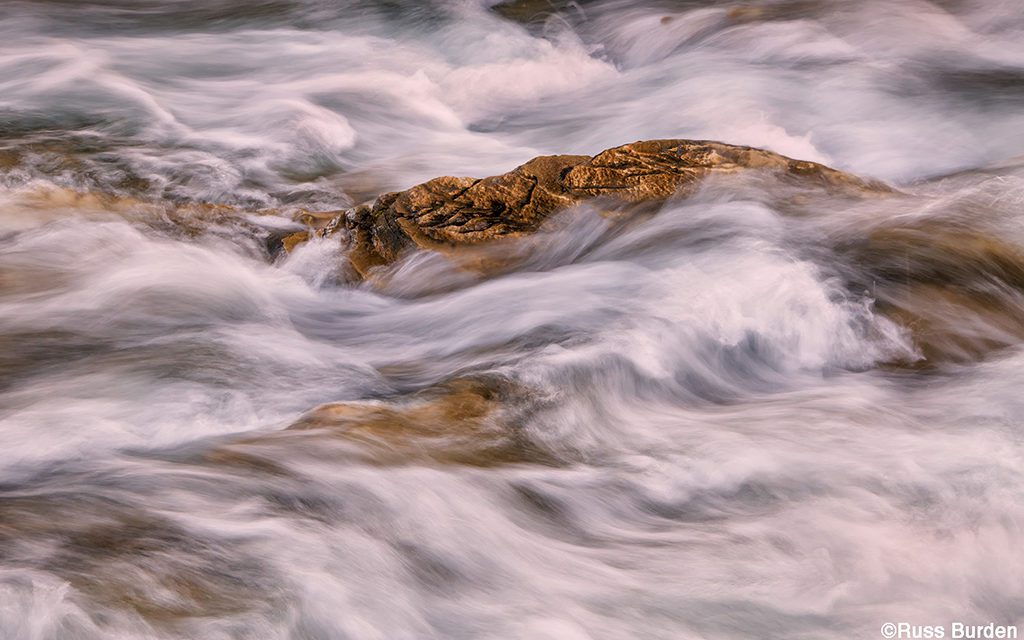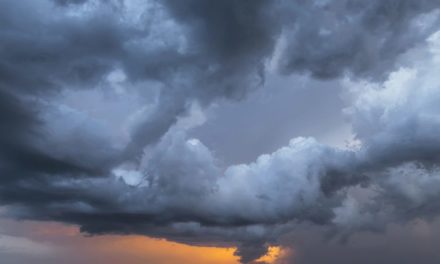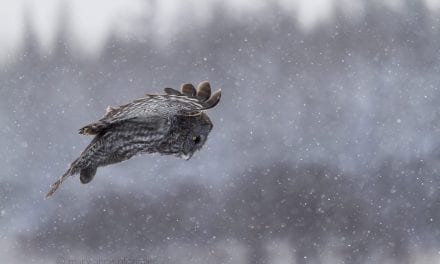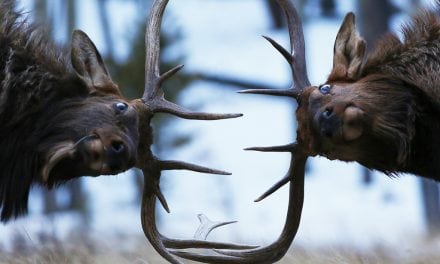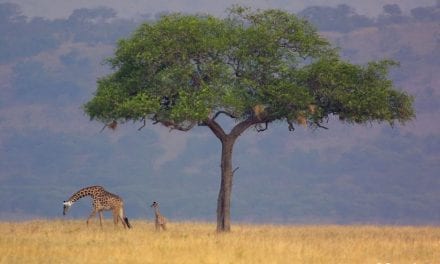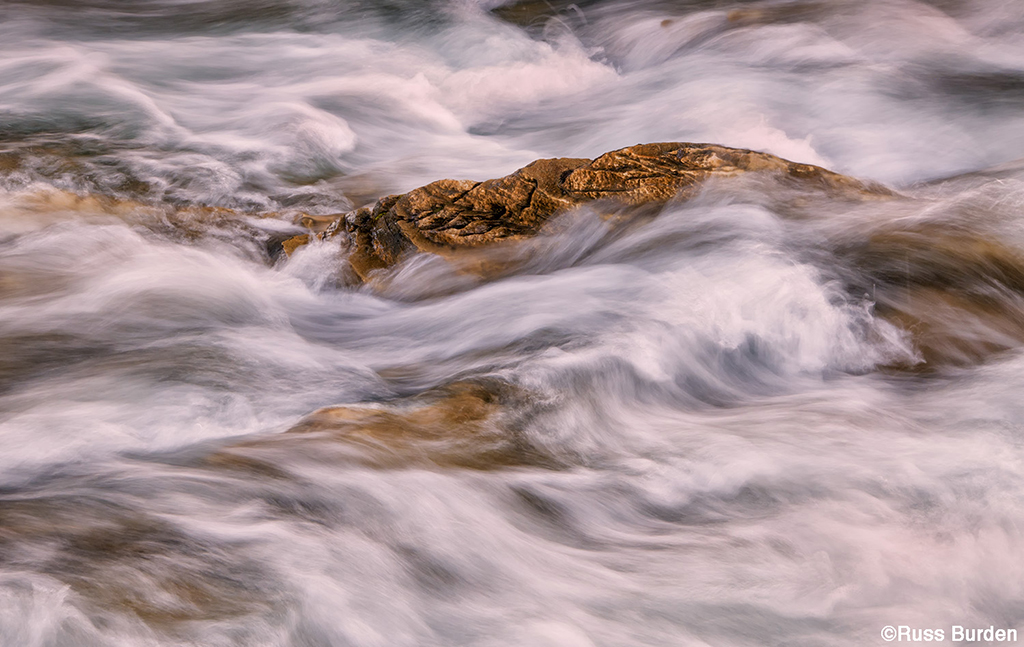
In every art form, specific connections can be made between real life and the given medium. A connection is a great way to get an artist fired up to pick up a camera, grab a paintbrush, ignite the welder or head to the studio. Some connections are triggered by thoughts, words, emotions, feelings, an incident that occurs, etc. I often make a connection when a specific word pops into my head and think, “How can I capture that word in a still photograph?” As I walked to the mailbox today, I glanced at each neighbor’s landscaping. Upon seeing a section of yard, immediately the word abstract crossed my mind when I looked more closely at a specific section of each garden. That’s it, the next Tip of the Week topic: abstract images — a connection was made!

What can I do with the word abstracts when it comes to photography? Strategies that immediately came to mind are zoom in, isolate, do some macro, find the picture within the picture, create a dreamy effect, get lost in post-processing, etc. As I walked from the mailbox back to my home, I made another connection to some psychology classes I took many years ago. I started to view everything as if it were a giant Rorschach test. I looked past the reality of every subject and tried to think of ways I could portray it to get past its reality.
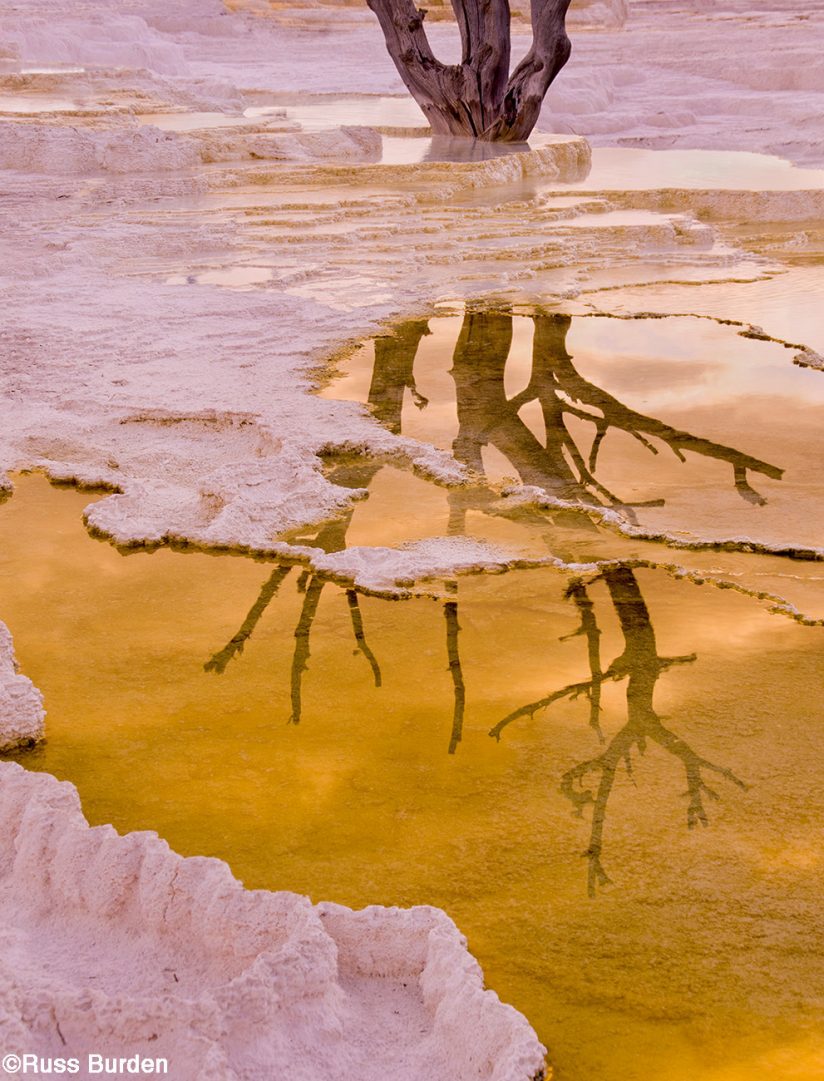
The beauty of creating abstract images is it doesn’t matter whether I start with a large subject and extract a small section or begin with a macro subject and get even closer—the goal is the same. Create an image where a piece of the whole is as powerful, if not more so, than an image of the entire subject.
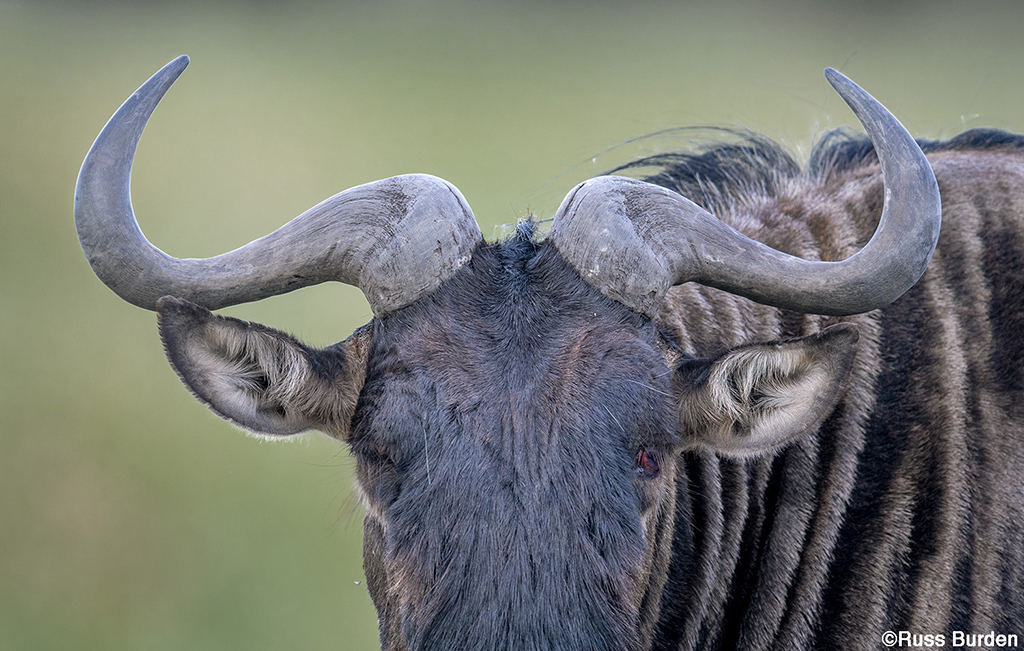
Abstracts can be powerful on many different levels. Some abstract images are easily discernible but still qualify as they’re a deviation from the reality of an obvious overall scene. For instance, if you photograph a reflected mountain in a still lake, since it’s upside down and appears in a body of water, it qualifies as an abstraction of the overall scene. Throw a stone into the water to create ripples to bring it to the next level. Add a soft-focus filter to continue the progression.
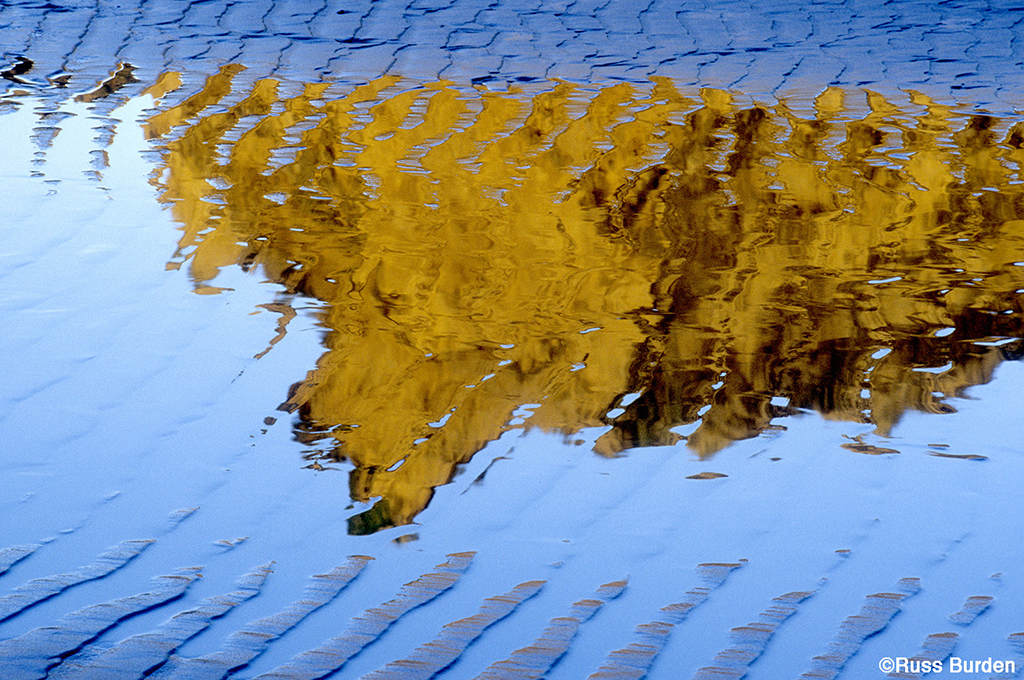
It’s fun to watch the faces of people as they view a series of abstract images. When a conversation is initiated, it starts with, “So what do you think this is?” If there’s silence, I can see the wheels turn inside the minds of the viewers as they conjure up their thoughts. This is very powerful as it compels the viewer to study the photograph for a longer period of time and gets them thinking about your work. With a subject that’s easily identifiable, a quick viewing is often all that’s necessary to communicate why an image was made. But with abstract images, it requires an actual thought process to synthesize the subject. The longer a photographer can get someone to view their work, the greater the possibility the photographer’s name will be remembered.
To learn more about this subject, join me on a photo safari to Tanzania. Visit www.russburdenphotography.com to get more information.
The post Create Abstract Images appeared first on Outdoor Photographer.

